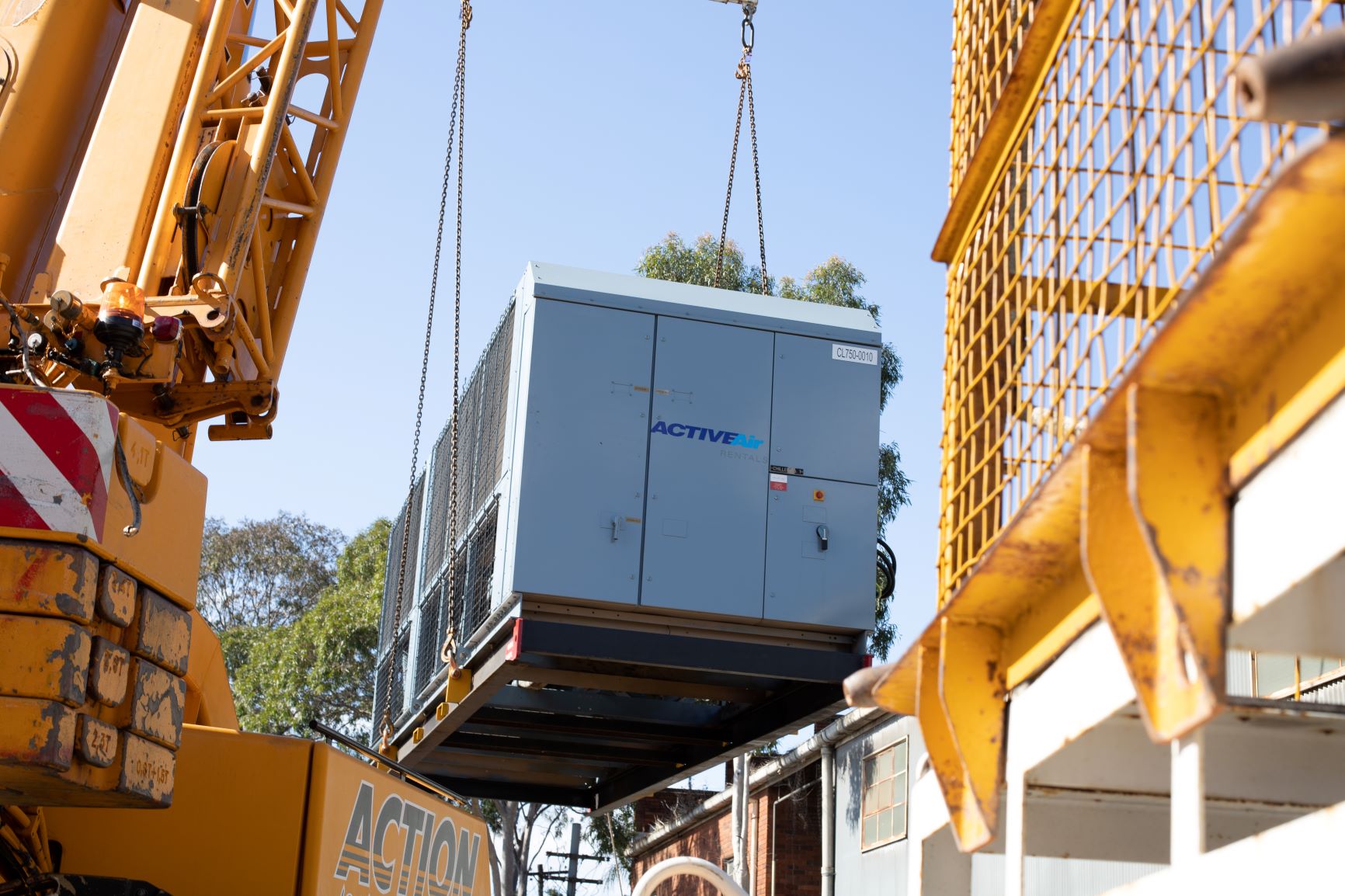
While there’s no fool-proof way of stopping chiller failure, there are a number of steps you can take to ensure smooth operation and prolong its lifespan.
1) Keep A Log
Maintaining a daily log forms the basis of any good chiller maintenance program. Keeping an ongoing record of specific operating conditions will help you identify inefficiencies long before they become a problem.
You should log details including:
- Flow rates
- Pressures
- Fluid levels
- Temperatures
NOTE: Make sure to record these stats at regular intervals throughout a 24-hour operating period.
You also need to make time to review the logs. As most chiller problems tend to develop slowly over time, it can be easy to overlook slight discrepancies in the chiller’s operating parameters. By regularly reviewing your maintenance log, you will be able to spot trends in the stats and address them right away.
2) Regular Maintenance
As part of the daily monitoring process, you should also be performing regular maintenance checks. These checks should only take a couple of minutes to perform each day and could save you a lot of downtime in the long run.
Use a daily log sheet to keep track of whether checks have been conducted as well as any maintenance that has been carried out.
Technicians should note any maintenance was performed and who it was performed by. The key is to ensure every detail is recorded, no matter how small the maintenance was (even if it’s just topping up the oil).
You should also perform more in-depth checks on a weekly or monthly basis. For these checks, you will need to look inside the chiller.
If your chiller is used on a seasonal basis, you should also perform extensive checks twice a year – at the start of the season, and before shutting down at the end of the season.
What You Should Be Checking:
- Controls
- Air Handling Unit
- Heat Exchangers
- Condenser Coils
- Refrigerant
- Water
- Oils
- Pumps
- Vents
- Pipework
- Cooling Towers
- Thermostat
- Leaks
- Tubes
- Condensation
- Debris
- Noises
- Fixings & Fastenings
- Vibration Analysis
- Check The Chiller When Restarting / Starting Your Chiller After The Off-Season
You should look at:
- Temperature readings
- Fluid levels
- Pressure readings
- Flow rates
3) Conduct An Audit
Every three months, you should conduct an audit to identify your chiller’s operating efficiencies. Your audit should run over a minimum of three weeks up to a couple of months to get a reliable picture. You should review whether the data falls within the standard/normal operating range. And if it doesn’t, you will need to look into what may be impacting the chiller’s ability to operate inside of its ideal range.
4) Follow Recommendations
To ensure your chiller is operating at optimal efficiency, you should always follow the recommendations outlined in the chiller’s manual.
You should also consult a qualified technician when maintenance is required.
5) Check The Standard Operating Procedures
Take some time to review the standard operating procedures and whether they’re being properly followed by your technicians. Make note of any poor practices that may have become part of the regular process and move to eliminate them by providing staff with training. Follow up regularly with your technicians to ensure the proper procedures continue being met.
Need a contingency plan for your chiller?
Time To Get Active.

